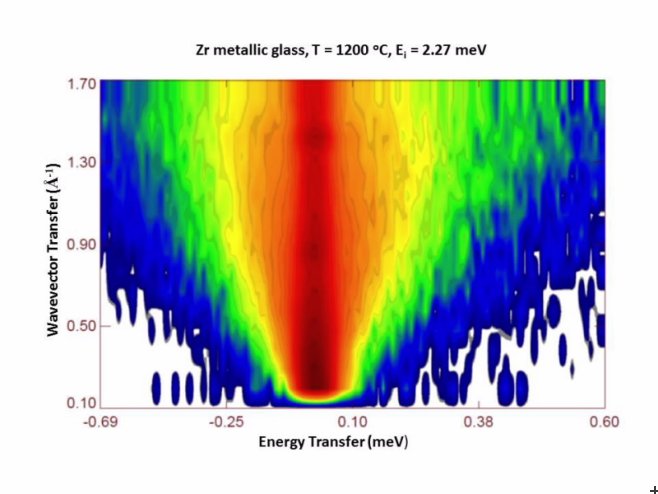Copyright 2012 neutronsources.org | All rights reserved. | Powered by FRM II | Imprint / Privacy Policy
High-temperature Quasi-Elastic Scattering on Pelican
Date: 09/06/2015
Source: http://www.ansto.gov.au
Today, for the first time, one of our high-temperature vacuum furnaces has been used successfully on the Pelican cold-neutron time-of-flight spectrometer. The availability of this equipment extends the allowed temperature range of measurement on Pelican up to 1600°C, allowing many new materials to be characterised.
This opens up a relatively new and unexplored field of materials dynamics at and above the melting point of materials, and is set to become an important part of Pelican’s scientific program. New phenomena in novel materials, such as metallic alloys and glasses, can now be explored using inelastic and quasi-elastic neutron scattering.
As part of the commissioning program, quasi-elastic neutron scattering measurements were taken on a zirconium-based metallic glass-forming alloy in the liquid phase; this was done in collaboration with Dr. Suresh Chathoth and Prof. Xun Li Wang from City University of Hong Kong.
The preliminary results shown in the figure attached, and a strong quasi-elastic signal has been measured as a function of wavevector transfer at a temperature of 1200°C. This offers a direct observation of the atomic diffusion of the alloy in the glass-forming process.
Many thanks to people contributing to the success of this commissioning project, especially Dehong Yu, Richard Mole, Stanley Lee, Mark New and Ferdi Franceschini.
